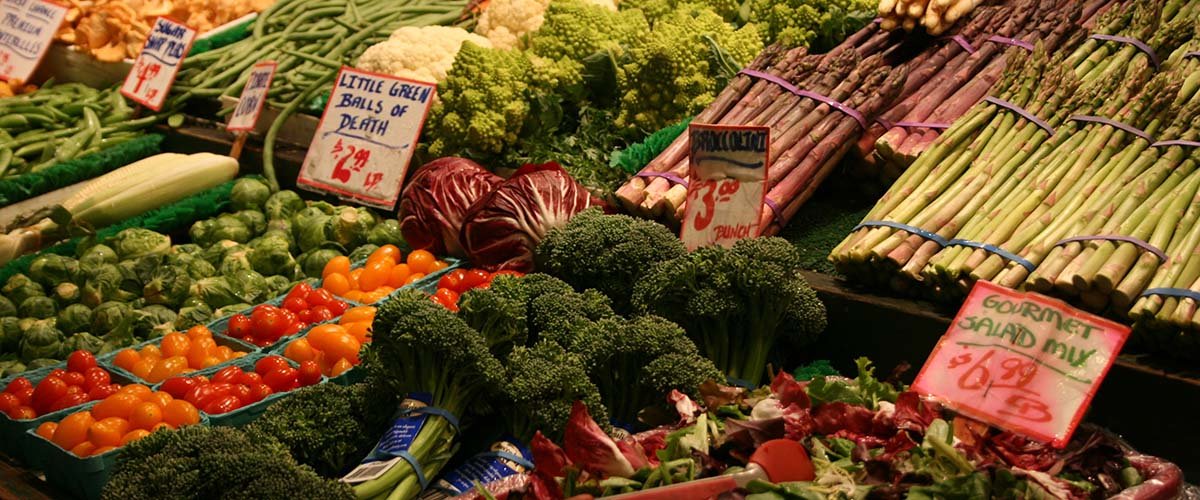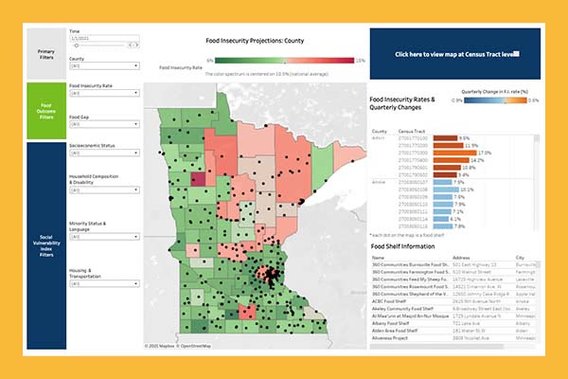
Announcing the food security dashboard

The COVID-19 pandemic has had far-reaching consequences for our society. One of the impacts that hits closest to home is heightened food insecurity across our state. Food insecurity in Minnesota surged by nearly 40 percent in the pandemic’s wake leaving one in eight Minnesotans struggling to put food on the table.
Food insecurity affects urban, suburban, and rural areas alike and has disproportionate impact on communities of color. In fact, families of color are nearly twice as likely as white families to live with food insecurity.
Understanding upcoming needs at the local level is key to effective planning. With that in mind, the State of Minnesota, the University of Minnesota and MBOLD have teamed up to develop Minnesota’s first publicly accessible, forward-looking Food Security Dashboard.
The dashboard uses the best available federal, state and non-profit data to project future food insecurity rates down to the census tract level. Hosted by the University of Minnesota Healthy Foods, Healthy Lives Institute in CFANS, it shares critical data in a way that is user friendly and available to all.
We invite all interested stakeholders to use this new dashboard to help combat food insecurity in communities large and small across our state.






